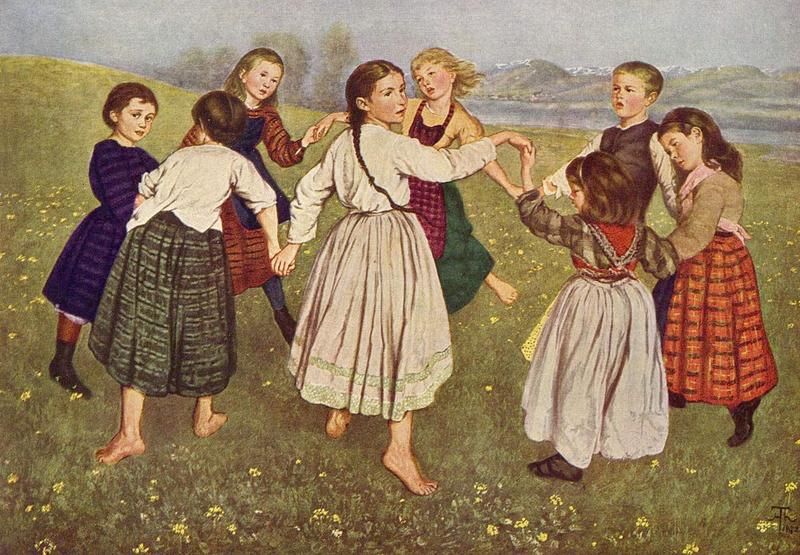Dancing Neurons
How synaptic connections in the brain force nerve cells to coordinate their work
A perfectly synchronized dance of neurons is what gives us the power to see, to hear, to smell, to move, to remember, and to reflect. But the choreography can only be successful if there is efficient communication among the dancers. This alone is reason enough to study the relationships between pairs of neurons. But what happens if more than two neurons join in for a dance? Stojan Jovanović and Prof. Dr. Stefan Rotter from the University of Freiburg’s Bernstein Center Freiburg (BCF) and the Cluster of Excellence BrainLinks-BrainTools approached this question in a new study. Their results have now been published in the journal PLOS computational biology. Using a combination of mathematical thought experiments and biophysically inspired computer simulations, the researchers succeeded in extending their ideas on pairwise interactions between pairs of neurons developed in earlier studies to third-order correlations involving interactions between three neurons. The findings lay the groundwork for a better understanding of the activity of neural networks in the brain.
Electrochemical messages transmitted by various types of synapses enable efficient communication between neurons. However, the precise means by which the synaptic communication network choreographs this neural ballet are widely unknown. “In an experiment, it is only possible to observe a tiny fraction of the immense number of neurons involved at any given time, for purely technical reasons,” explains Jovanović. It is therefore infeasible to grasp the coordinated interaction of large masses of cells in the brain in its entirety, and mathematical models are useful to gain additional insight.
“An influential theory of learning states that only the two neurons that communicate via a concrete synapse need to be taken into consideration,” explains Rotter. “If the activation of the network forces them to perform a certain dance step, the synapse is strengthened. If the network causes them to fall out of the rhythm, the synapse is weakened.” The researchers applied a mathematical model, the Hawkes process, to find out which role so-called correlations of third order might play in this context. They were able to calculate the relative significance of relationships among three neurons for the network dynamics. Applying these findings to experimentally measured electrical activity of three nerve cells allows scientists to characterize the structure of the network better, and perhaps even to derive new synaptic learning rules in the brain.

The painting Children Dancing in a Ring by Hans Thoma (1839–1924) provides a metaphorical illustration of higher-order correlations in neural networks: Neurons can – like in a dance – organize themselves dynamically as a group.
Staatliche Kunsthalle Karlsruhe
Original publication
Other news from the department science

Get the life science industry in your inbox
By submitting this form you agree that LUMITOS AG will send you the newsletter(s) selected above by email. Your data will not be passed on to third parties. Your data will be stored and processed in accordance with our data protection regulations. LUMITOS may contact you by email for the purpose of advertising or market and opinion surveys. You can revoke your consent at any time without giving reasons to LUMITOS AG, Ernst-Augustin-Str. 2, 12489 Berlin, Germany or by e-mail at revoke@lumitos.com with effect for the future. In addition, each email contains a link to unsubscribe from the corresponding newsletter.


















































